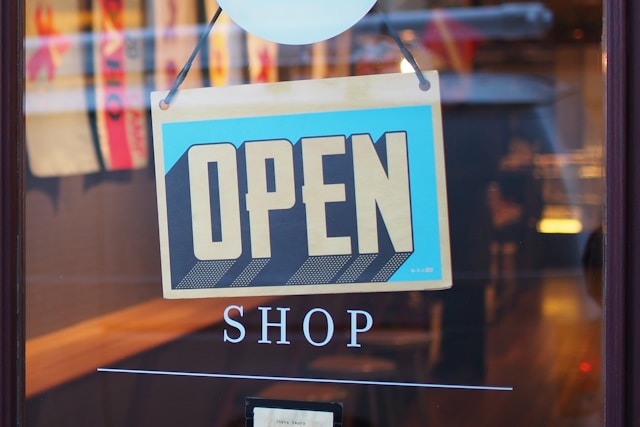The pros and more pros of Charity Book Shops
It is a truth universally acknowledged that an avid reader with only a student budget is somehow always in want of more books. We all know that book buying and book reading are two completely separate and quite frankly unrelated hobbies. I strongly believe a student budget shouldn’t get in the way of your deepest desire: that book you’ve read 50 times that’s just been re-released in a new fancy hardback edition (yes, I’m looking at you, Penguin Clothbound Classics). The great news is, there’s nothing holding you back when you swap out the chain for a charity. Oxfam bookshop in Leamington Spa is just one of many local charity shops that sell second-hand books in the area.
At this point, you might be thinking: ‘how could I ever part with my brand spanking new, creaks when it’s opened, never-been-touched purchases?’ But let’s be honest, books are meant to be read… eventually. If you’re obsessively consuming TikTok edits of Donna Tartt’s The Secret History and just have to embody the dark-academia aesthetic, charity bookshops are home to those pre-loved classics that will make your heart soar (and your nose itch). If you’re more of a modern romance reader, charity bookshops are filled with the latest contemporary cast-aways for you to take home (and to therapy). Some lucky stranger may have even be gifted two copies of the latest bestseller for Christmas so that you may purchase an untouched copy (sans high price-point), spine perfectly intact.
Shopping second-hand doesn’t just benefit your pocket, it’s great for the environment and the community too
Shopping second-hand doesn’t just benefit your pocket, it’s great for the environment and the community too. A great writer (me) once wrote (last month): “charity shops do not make you choose between your purchases and the planet” and to remember charity shops provide “secure working environment[s] for people with disabilities, neurodivergence, or on community-service payback scheme[s]”. Welcoming the slower environment of the second-hand shop not only decreases your panic-buying stress levels, but also keeps the local high streets full of shops that are inclusive to a variety of volunteer workers. And whilst those brand spanking new paperbacks might look great on your bookshelf, why not step out of the cycle occasionally and prevent a pre-loved book from making its way to landfill.
If, like me, you study English at university and are struggling to obtain copies of your set readings, perhaps think ahead and look in the local Oxfam first. Unfortunately, that ginormous stack of brand new copies you may have received at the start of term doesn’t even cover half of the reading for the year. The library is a great first port of call, and usually has more editions of in-demand texts, but needless to say, there aren’t enough for everyone.
Maybe reading from a digital PDF is for you – but seriously, where’s the charm in that?
Maybe reading from a digital PDF is for you – but seriously, where’s the charm in that? With older texts that require specific editions or translations, a print copy might be your best bet. Instead of heading straight to Bezos’ one-stop shop to unethical consumerism, drop in to a charity bookshop first if you have the time: do your bit to stump the student Amazon epidemic.
finding a second-hand anthology from the author, era, or genre will help to broaden your wider reading and provide context that can set your essays apart from the rest
Shopping second-hand could benefit your uni work too. Even if you only need to read one poem, finding a second-hand anthology from the author, era, or genre will help to broaden your wider reading and provide context that can set your essays apart from the rest. If you’re really lucky, the book’s previous owner might have left you some handy notes to make your life easier or provide a glimpse into their history.
The most obvious factor charity bookshops have over big chain stores is of course the price point. The average RRP for a new book was over £10 in 2022, and about double that for a hardback. The average student simply cannot afford these prices, let alone forking out that much weekly to study the book for just one seminar (now say that without crying). On the other hand, the average second-hand book costs between £1-4.The unpredictability of charity shopping certainly can’t replicate the last-minute availability of next-day delivery, but if you are able to put in the forethought, the ethical and economic incentives are undeniable.
On that note, I think I’ve lectured aplenty. Hopefully I’ve done enough to convince you to drop in to Oxfam next time you’re shopping in Leamington Spa and spot that light-green lettering. But if Amazon is still the one for you… well, I guess nobody’s perfect.

Comments